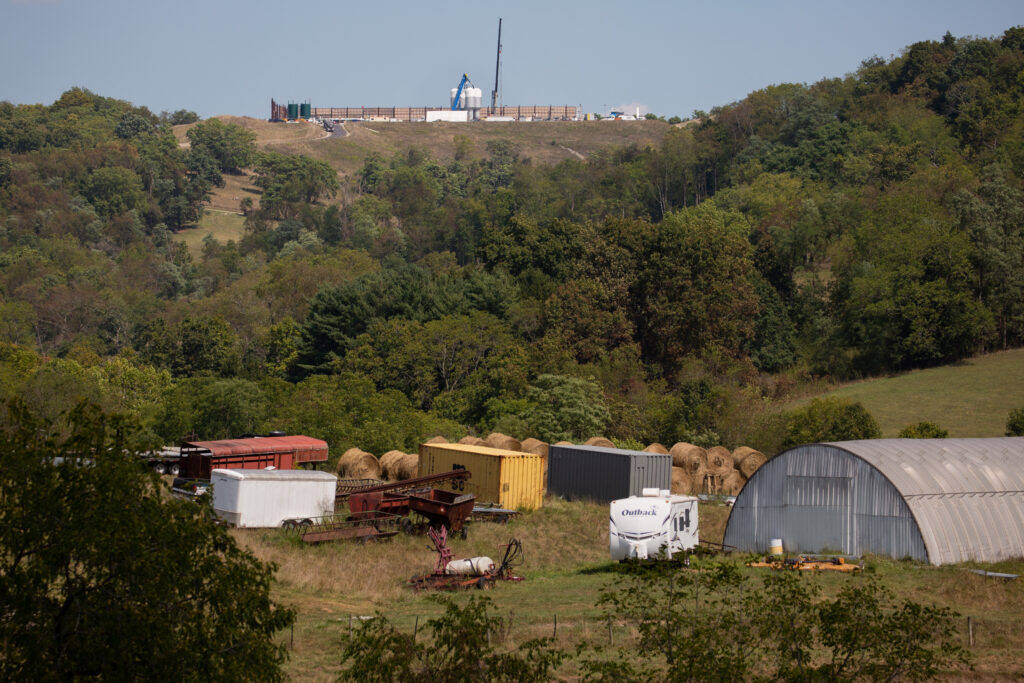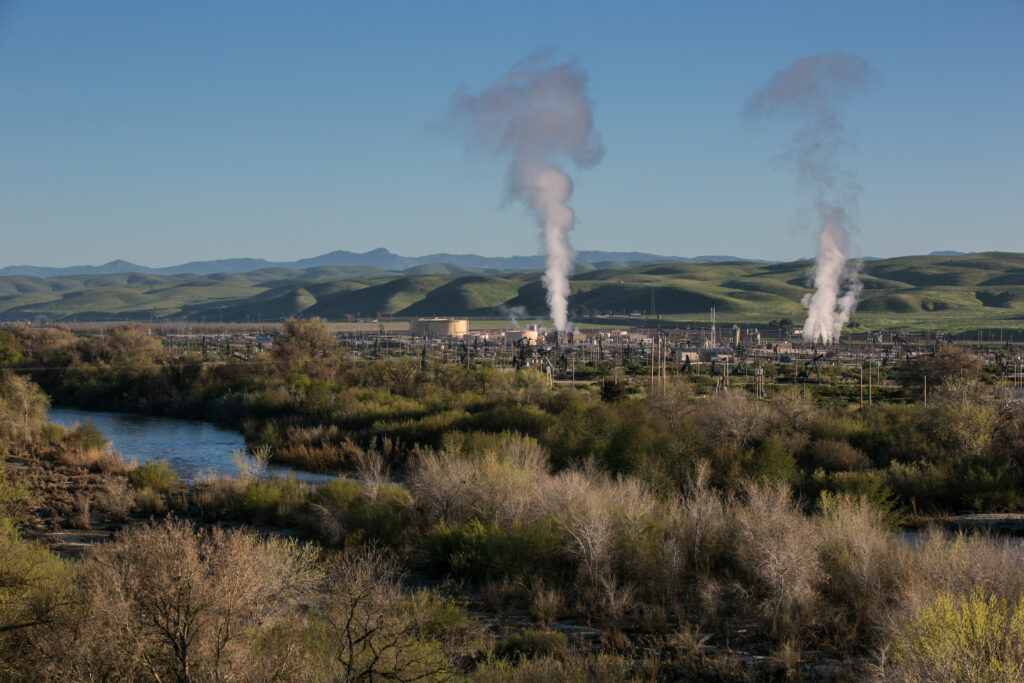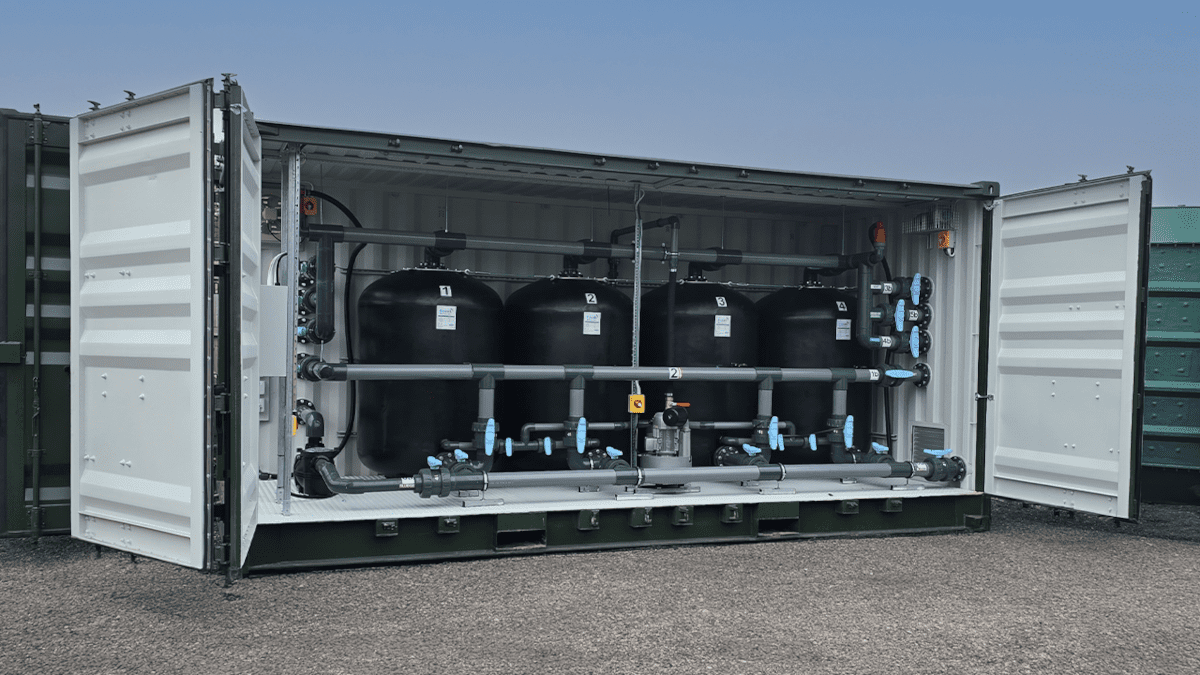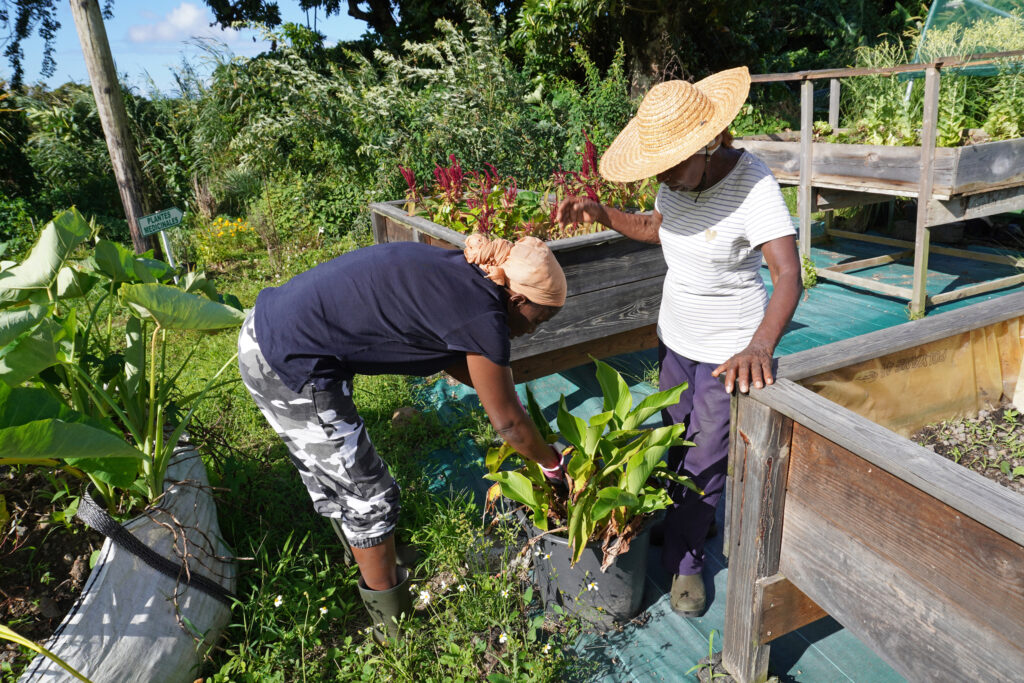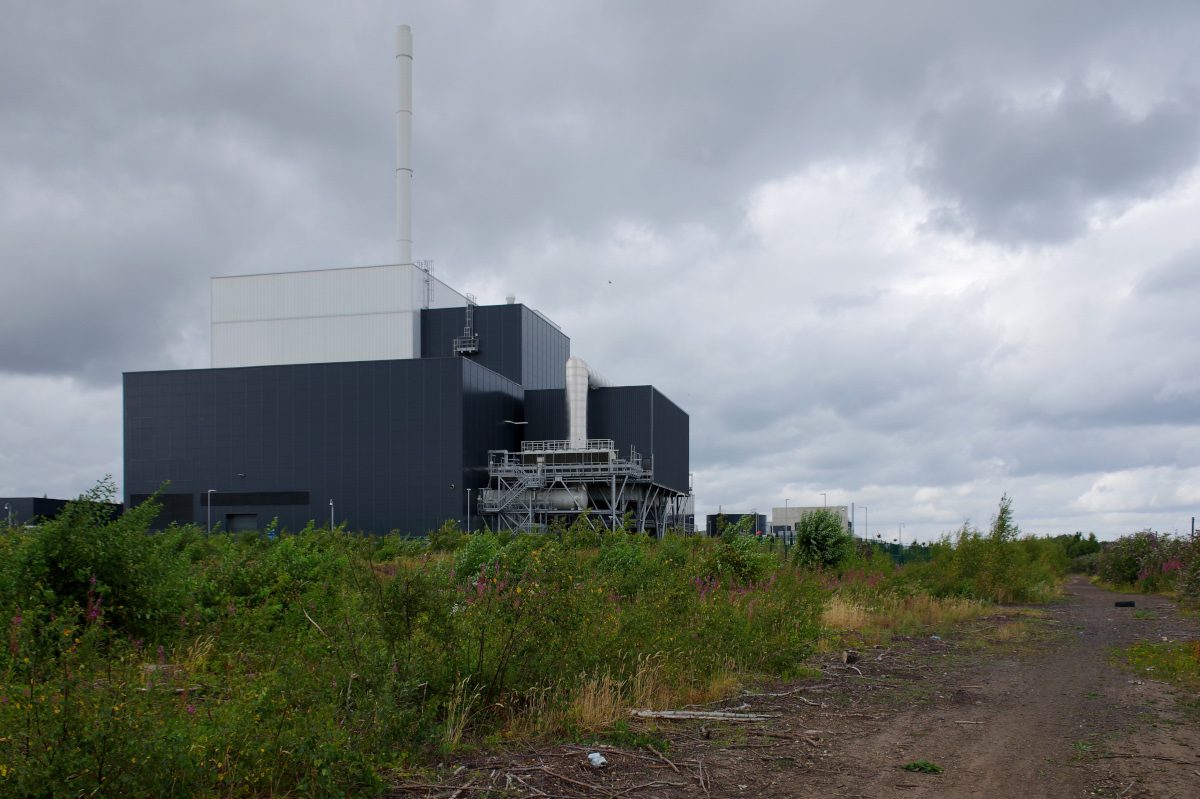After months of deliberation, the New Mexico Water Quality Control Commission on May 14 voted to prohibit any discharge of treated “produced water” from oil and gas extraction to ground and surface waters.
Produced water flows back to the surface during fracking and conventional oil and gas drilling and contains chemicals used in the extraction process as well as numerous other hazardous compounds, including arsenic and benzene, both human carcinogens.
New Mexico creates around two billion barrels—84 billion gallons—of this toxic wastewater each year. Cleaning through multi-stage filtration, desalination and other processes could allow for the reuse of produced water for irrigation and other commercial applications, saving precious water resources. But environmental advocates, scientists and the New Mexico Environmental Department (NMED) have urged that proper regulations are not yet in place to make such reuse safe.
“We thank the Commission for protecting our clean water, of which we have so little. This decision could not be more prudent,” said Rachel Conn, deputy director of Amigos Bravos, a nonprofit that testified against allowing discharge, along with the Western Environmental Law Center and the Sierra Club.
The new rule “will ensure that the ground and surface waters of the state are protected while allowing for further study of viable treatment technologies for this difficult-to-treat water source,” NMED said in an email to Inside Climate News.
In April, the commission drafted a rule that would have allowed pilot projects to release up to 84,000 gallons of treated produced water per day. Four pilot projects are already completed, and another eight are underway, with the goal of researching different ways to purify produced water and use it to grow plants and trees, or replace freshwater needs in industrial manufacturing.
Produced water is regularly reused within the oil and gas industry, in closed processes where no water is released, or disposed of in underground “injection” wells. Use of produced water outside of that context is not allowed in New Mexico.
If pilots are able to demonstrate the water can be cleaned and decontaminated to the point that it is safe for other purposes, it could go a long way toward supplementing New Mexico’s dwindling water supply—the state is projected to lose 25 percent of its ground and surface water in the next 50 years due to climate change.
The state is one of the largest producers of oil and gas in the country, and that could soon increase—the House’s newly drafted budget reconciliation bill would mandate quarterly lease sales of onshore oil and gas lands in New Mexico, Wyoming, Colorado, Utah, Montana, North Dakota, Oklahoma, Nevada and Alaska. More drilling would also mean more produced water.
New Mexico Gov. Michelle Grisham launched a plan in 2023 to address water shortages and initially included treated produced water as a future resource. But after concerns from lawmakers and residents, any mention of produced water was removed before the plan was signed into law in April. Still, the governor “fully supports finding science-based ways to safely reuse produced water, as it’s essential to protecting New Mexico’s limited freshwater supplies,” NMED said.
NMED plans to use research from the pilot projects to draft comprehensive regulations that will include “technological standards and operational standards to ensure that treated produced water is discharged in a safe and protective manner,” the Department said.
If pilot projects were allowed to discharge water, they could operate at larger scales, Water Quality Control Commission Chair Bruce Thomson said during the May 13 hearing in Santa Fe. That would make it possible for pilot projects to develop the technology to treat massive amounts of water.
But properly monitoring treated produced water is a “bigger task” than simply regulating discharge, Thomson said. It would require overseeing the treatment, storage, transportation and disposal of the water—all processes that the state does not yet have regulations for. “I support the idea of reuse of pilot treatment water but the groundwater discharge permit process doesn’t quite cover that very well,” Thomson said.
NMED has emphasized in prior hearings that it would be premature to authorize discharge permits for pilot projects. In 2024, Jason Herman, program manager at the Ground Water Quality Bureau, testified that “there is no scenario where a person could discharge treated produced water in a way that fulfills the requirements of the Water Quality Act and Produced Water Act in a protective, predictable and reliably safe manner.”
The state of New Mexico does not have surface water quality standards for at least 180 potentially toxic chemicals in produced water, which oil and gas companies are not required to disclose to the public under federal law. An exemption to the federal Safe Drinking Water Act allows those companies to use chemicals that would be regulated if used for any other purpose.
“Many chemicals in produced water have not been investigated, and their potential toxicity remains unknown,” NMED said.
Environmentalists and the Western Environmental Law Center support studying ways to purify produced water, as long as no water is discharged in the process. The pilot projects “will further science and allow for characterization to further study effective treatment technologies,” said Tannis Fox, an attorney at the WELC.
From the start, the pilot projects were designed to fully contain treated produced water, and they will continue that way. For one project that will grow trees with treated produced water, the entire greenhouse is lined. To water the plants, Kanalis, the company running the project, will use a sub-irrigation system to ensure no water leaks out. Kanalis started growing seedlings with freshwater in March and they plan to start using treated produced water for a separate batch of seedlings within the next two months, general manager Nyle Khan said.
As both groups of trees grow, Kanalis will compare them to observe any differences. Until further regulations are passed, any trees grown with treated produced water will be securely disposed of, Khan said. In the future, those trees could be used for reforestation in the state, but for now, Kanalis will only plant trees outside the greenhouse that are grown with freshwater.
About This Story
Perhaps you noticed: This story, like all the news we publish, is free to read. That’s because Inside Climate News is a 501c3 nonprofit organization. We do not charge a subscription fee, lock our news behind a paywall, or clutter our website with ads. We make our news on climate and the environment freely available to you and anyone who wants it.
That’s not all. We also share our news for free with scores of other media organizations around the country. Many of them can’t afford to do environmental journalism of their own. We’ve built bureaus from coast to coast to report local stories, collaborate with local newsrooms and co-publish articles so that this vital work is shared as widely as possible.
Two of us launched ICN in 2007. Six years later we earned a Pulitzer Prize for National Reporting, and now we run the oldest and largest dedicated climate newsroom in the nation. We tell the story in all its complexity. We hold polluters accountable. We expose environmental injustice. We debunk misinformation. We scrutinize solutions and inspire action.
Donations from readers like you fund every aspect of what we do. If you don’t already, will you support our ongoing work, our reporting on the biggest crisis facing our planet, and help us reach even more readers in more places?
Please take a moment to make a tax-deductible donation. Every one of them makes a difference.
Thank you,





